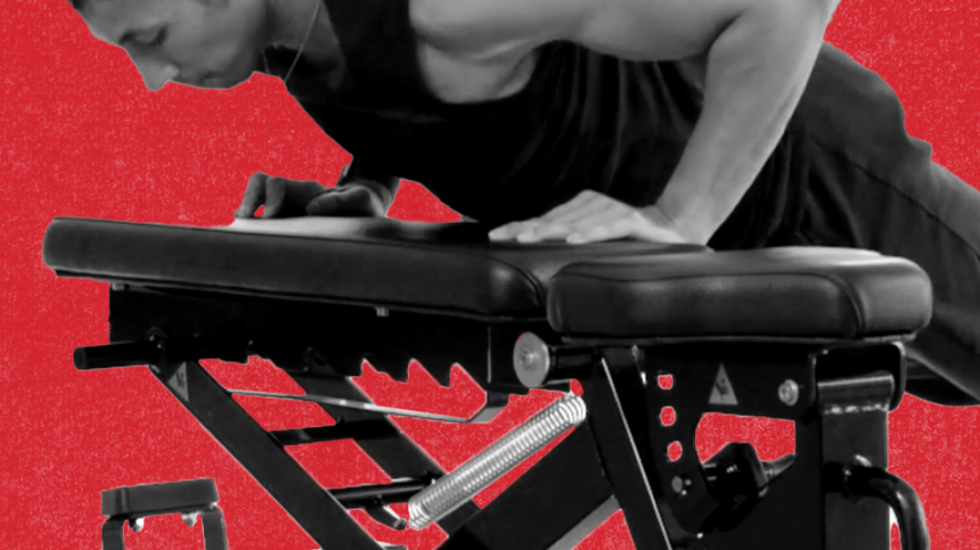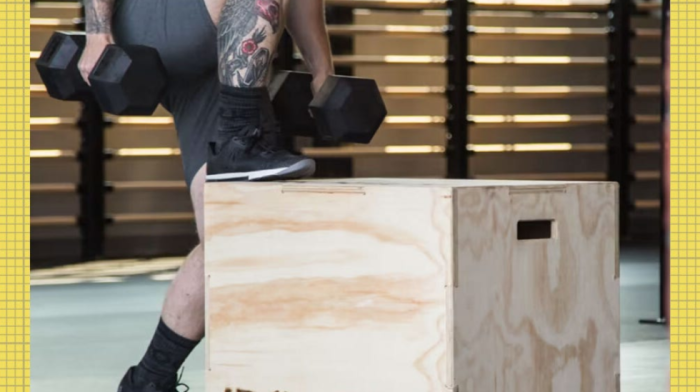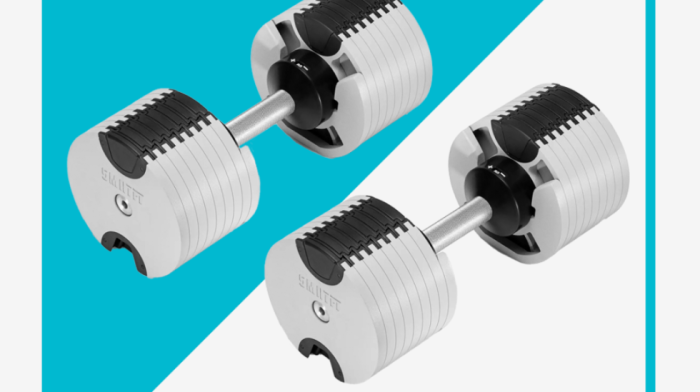SOMETIMES THE ABUNDANCE of barbells, dumbbells, free weights, machines, and even “smart gym” equipment capable of creating a killer chest pump can be so overwhelming that many gym-goers overlook one of the most basic and versatile upper body exercises: the pushup. There are many variations of this bodyweight staple, and of the easiest methods for elevating your pushup skills—for gym-goers of all skill levels—is by actually changing the elevation of your position. This variation is known as the incline pushup.
By placing your hands up on an elevated platform (put more simply, at a higher position than your feet) the incline pushup becomes a more accessible option for those just learning the move and building up their strength. Once you've moved beyond the beginner stage, the incline pushup can still be valuable. The position offers an opportunity to create a powerful chest contraction, giving you a valuable chance to target the the lower part of the chest—and a valuable move to slot at the end of a brutal workout.
"If you're advanced, keep it in your back pocket, you never know when you'll be in a situation where you just want to hit a little bit of superset work and get that lower chest pump, this can help," Samuel says. "And if you're a beginner, this is how you're going to get to your basic pushup, and you're going to get that mastered.
Benefits of the Incline Pushup
THE INCLINE PUSHUP allows beginners to learn how to do pushups without needing the strength required for the standard version of the exercise. Trainers often encourage beginners to start by doing pushups on their knees, which doesn't allow for the full-body tension needed to pull off a perfect rep. The incline pushup removes some of the challenge by changing body angle while still allowing for that full-body tension.
Incline pushups aren’t just for weight room rookies. While pushup pros may not be challenged by variation as much as they'd like, the incline pushup can be utilized as an effective finishing move, particularly as part of a superset in which you’re able to focus on the contraction of the lower chest and building a strong mind-muscle connection.
Whichever category you fall under, the incline pushup is going to target your upper body, with your chest, triceps, shoulders, and core.
Who Should Do Incline Pushups?
THE INCLINE PUSHUP can find a home in any athlete’s routine. The angle takes off some of the load of your body, so beginners can find this pushup version a less difficult starting point for learning the form. You can gradually progress over time by lowering the elevation point.
As mentioned above, advanced exercisers can also use the elevated pushup to home in on their lower chest, and as a means to add volume once they exhaust their ability to perform standard pushups with perfect form in drop sets.
Muscles Used for Incline Pushups
How to Do the Incline Pushup
HERE’S HOW TO set up for the incline pushup.
Emphasizing the Chest Squeeze for Advanced Trainees
BECAUSE YOU’RE REDUCING the load with the elevated hand positioning, the incline makes it a simpler strategy for pushup execution. The more you improve, however, you’ll be able to progressively lower the elevation.
To maintain a solid mind-muscle connection as you work on creating the lower chest contraction, keep a few things in mind:
How to Add the Incline Pushup to Your Workouts
THERE'S LITTLE UPSIDE to effortlessly knocking out rep after rep of incline pushups if you're already strong enough to string together sets of standard pushups. However, adding incline pushups as part of a superset with other chest movements like cable flys or archer pushups can give you another way to challenge the end of your chest day workout.
Beginners will use this to learn how to do a pushup with good form. Start at three sets of eight to 10 reps. The goal is to continue with your progression by lowering the elevation over the course of several weeks or months, until you can do 10 to 15 standard reps without failure.


























Comments (0)